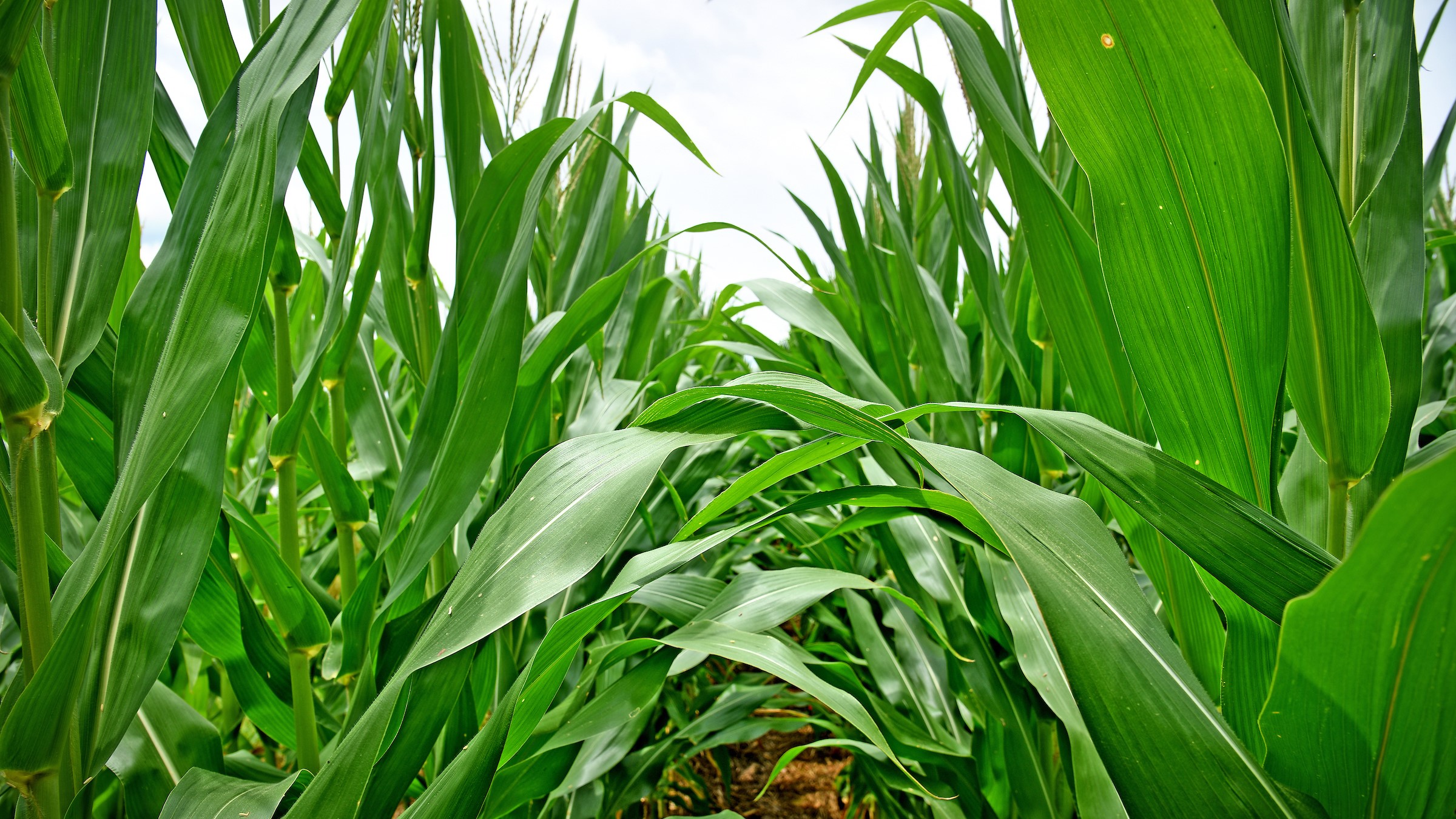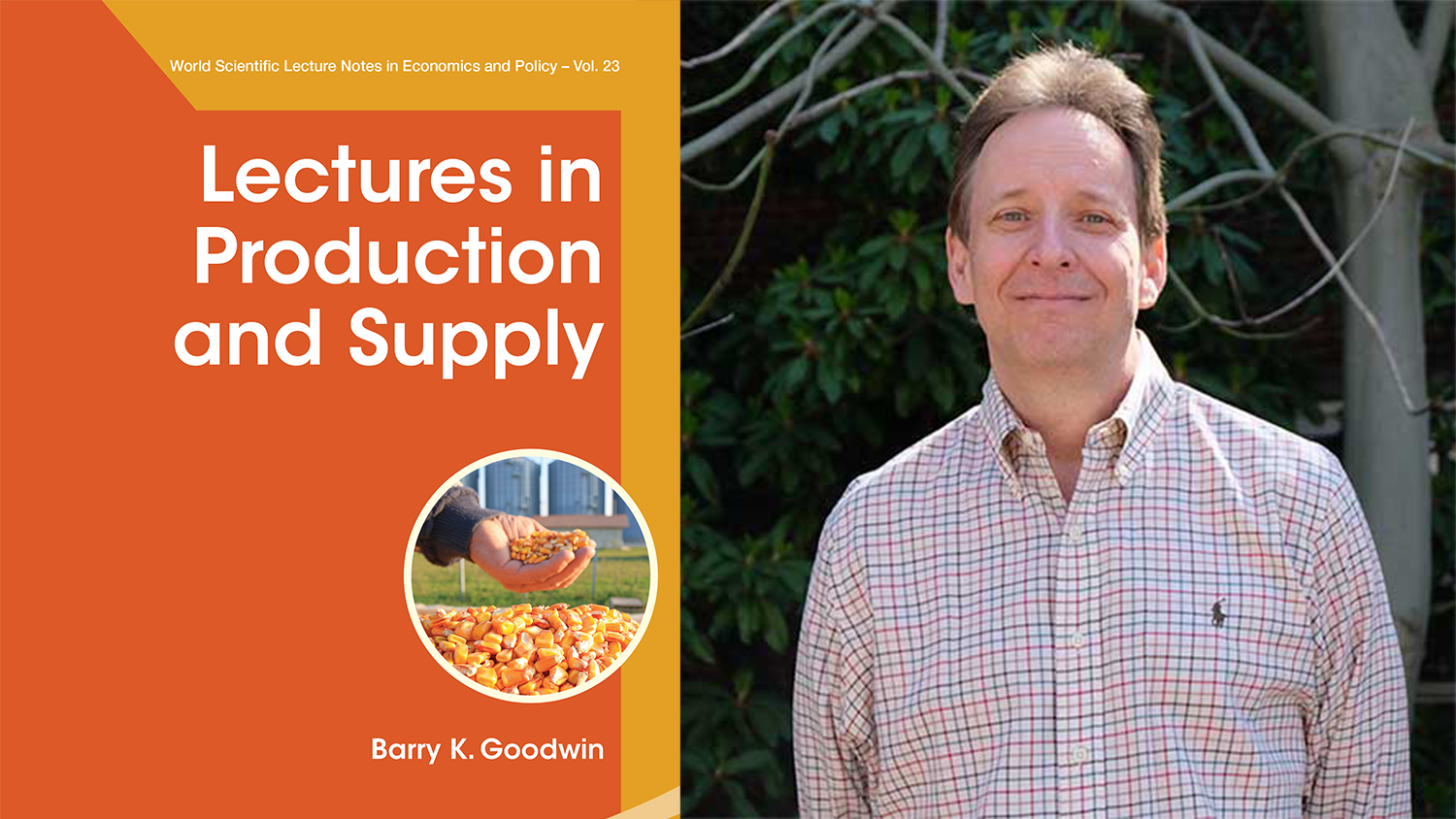Has Technology Increased Agricultural Yield Risk? Evidence From the Crop Insurance Biotech Endorsement

Professors Barry Goodwin and Nick Piggott released a study recently accepted into the American Journal of Agricultural Economics that seeks to further define the impact of advances in technology on yield risk in commercial corn production systems. Although it seems counter-intuitive, the idea should be explored and shared so that corn producers can understand this idea and apply the knowledge to their businesses.
The conventional wisdom that technological advances in seed breeding and genetic modification of corn traits have lowered yield risk has recently been challenged by research that argues that the converse is true. The implications of this research have been applied to models of climate change and have led to the conclusion that these advances have actually increased agronomic risk, such that climate change is asserted to raise important concerns regarding the stability and viability of agricultural output in the future.
In a large body of empirical work, the argument is based upon assertions that corn yields have become more sensitive to weather stresses. This increased sensitivity has coincided with the introduction of a variety of genetically-engineered (GE) crops in the 1990s and 2000s. The research uses corn yields and data from the US federal crop insurance program to evaluate these claims. An initial examination of yield responses to droughts in 1988 and 2012 suggests more robust yields in the latter period, in spite of very comparable weather stresses.
Goodwin and Piggott next consider side-by-side data collected under the Biotech Endorsement (BE) to the federal crop insurance program between 2008 and 2011. This endorsement provided substantial discounts for growers using certain GE hybrids, reflecting policymakers’ beliefs that these hybrids had lower yield risk. We find that risk, as measured by the rate of indemnities paid per units insured, was significantly lower for crops insured under the BE.
They also found that the difference in risk tends to be greater when growing conditions are less favorable.


